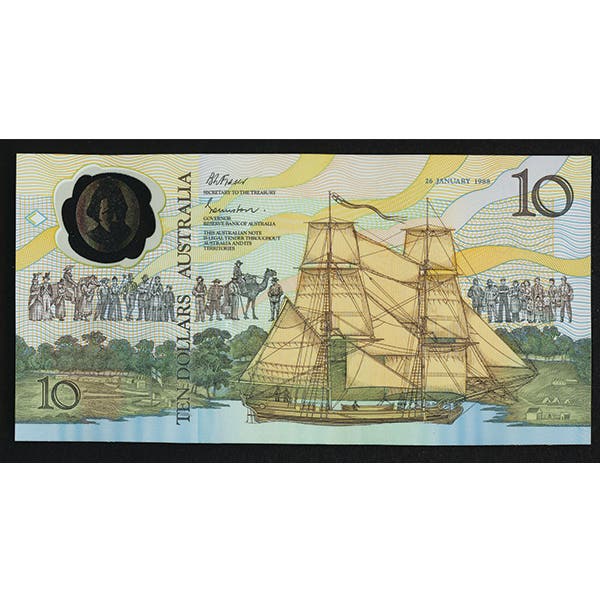Lower-grade 1810 half cents show price jump
Half cents are a lot tougher than you might think. Just try to buy one in G-4 condition – even an example that all the specialists would scoff at will…
Half cents are a lot tougher than you might think. Just try to buy one in G-4 condition – even an example that all the specialists would scoff at will cost you a very good premium over a similarly average large cent. Equally interesting is the fact that while late 1850s half cents tend to be easier to find than their mintages would suggest, the 1810 tends to be more difficult to locate than its estimated mintage would indicate.
Most people consider the 1810 Classic Head half cent ordinary. Admittedly, it is not a key date. But giving some thought to its 215,000 mintage and its history, we can discover why it is probably a much better half cent than expected and why today’s prices might still be a very good deal on a very underrated coin.
Things were not exactly orderly at the U.S. Mint back in 1810. Machines were not state of the art; the facility itself was periodically closed during summer epidemics; and even when it was open, its ability to make coins was limited by metal supply.
This was certainly true for large cents and half cents. In fact, the chronic copper shortage had caused half cents to not be produced in some years; when they were, they were sometimes made from cut-down large cents, tokens and other recycled copper that was basically scrap.
The new Classic Head half cent design of 1809 kicked off with a bang, boasting a record mintage of more than 1.1 million pieces. In the entire history of half cents, only the 1804 had come close. With the number produced, it is probably a miracle there even was an 1810 half cent.
There is reason to believe that some of the listed mintage for the 1810 was actually dated 1809. At the time, producing half cents or other denominations in one calendar year and dating them for another was rather common. Just because it was a new year was no reason to stop using perfectly good dies! Therefore, we do not know how much of the reported 1810 mintage was actually dated 1810.
What we do know is that much of the 1810 mintage saw extended use. The mintage for 1811 was just 63,140, and the next thing anyone knew, there were British troops running about the countryside. The next half cent mintage was not 1812 but rather 1825. That gap of 14 years speaks for itself.
Existing half cents would therefore have seen a great deal of circulation before being replaced. While they were not used as much as we might use quarters today, even limited use in regular commerce for a nearly a decade and a half adds up. It is safe to assume that many of the 1810 dates were well worn by the time the next half cents were produced.
Examining July 3 Coin Market prices shows that the 1810 half cent has all the traits of a classic collector’s coin. In the last 20 years, AG-3 examples have jumped from $20 to $70, which is a big increase. Those graded G-4 are up from $30 to $90, an increase almost as good.
This price movement, says less about the 1810 than it does about the current market activity in half cents. Clearly someone was seeking them out in the lowest grades and having difficulty finding them, which may well be a sign of things to come in the upper grades, where price movement was down.
Today, the 1810 Classic Head half cent is not readily available in any grade. This makes it a tougher coin than its already low mintage suggests. But it is owners of the lowest grades that benefited.
This article was originally printed in Numismatic News. >> Subscribe today.
More Collecting Resources
• The 1800s were a time of change for many, including in coin production. See how coin designs grew during the time period in the Standard Catalog of World Coins, 1801-1900 .
• Are you a U.S. coin collector? Check out the 2019 U.S. Coin Digest for the most recent coin prices.









